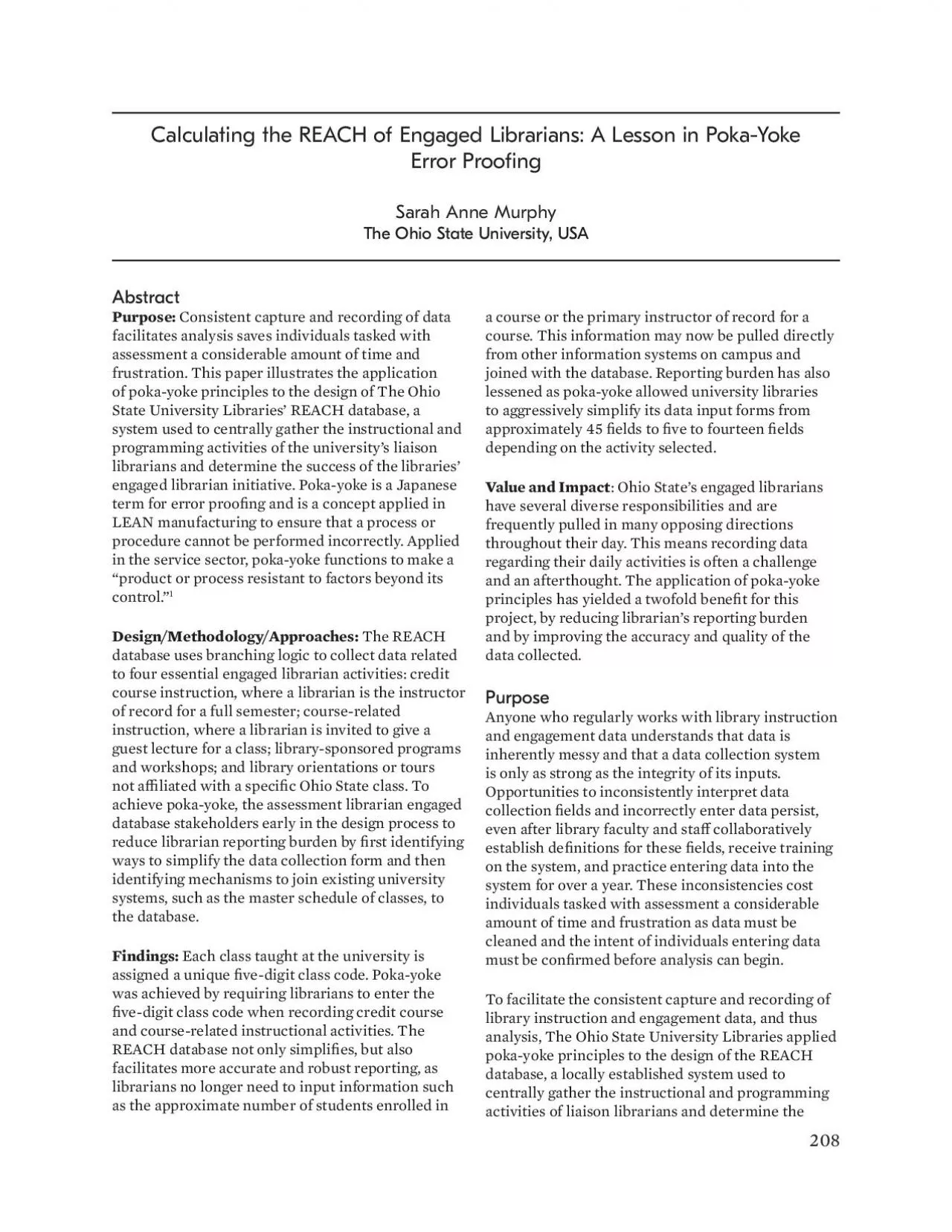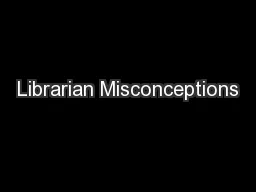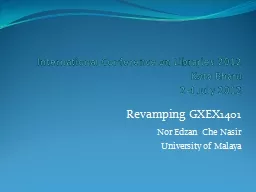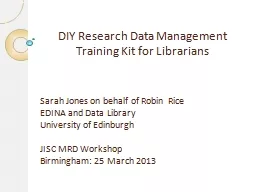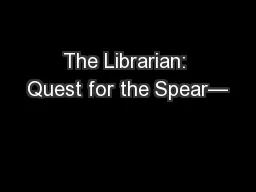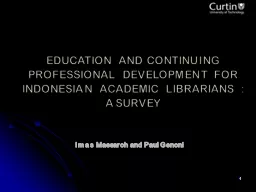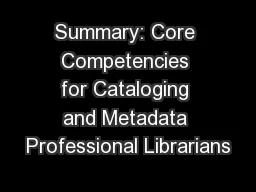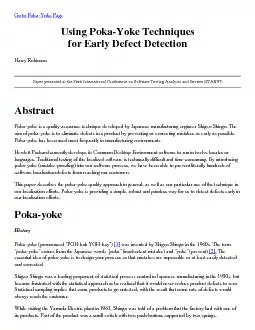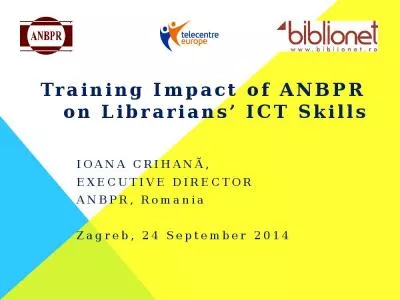PDF-Calculating the REACH of Engaged Librarians A Lesson in PokaYoke
Author : candy | Published Date : 2021-06-30
208 Error Proo31ng Sarah Anne Murphy The Ohio State University USA Abstract Purpose Consistent capture and recording of data facilitates analysis saves individuals
Presentation Embed Code
Download Presentation
Download Presentation The PPT/PDF document "Calculating the REACH of Engaged Librari..." is the property of its rightful owner. Permission is granted to download and print the materials on this website for personal, non-commercial use only, and to display it on your personal computer provided you do not modify the materials and that you retain all copyright notices contained in the materials. By downloading content from our website, you accept the terms of this agreement.
Calculating the REACH of Engaged Librarians A Lesson in PokaYoke: Transcript
Download Rules Of Document
"Calculating the REACH of Engaged Librarians A Lesson in PokaYoke"The content belongs to its owner. You may download and print it for personal use, without modification, and keep all copyright notices. By downloading, you agree to these terms.
Related Documents

